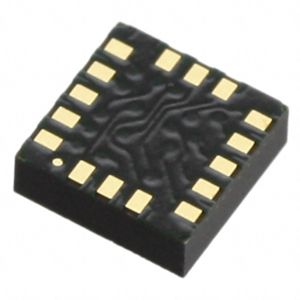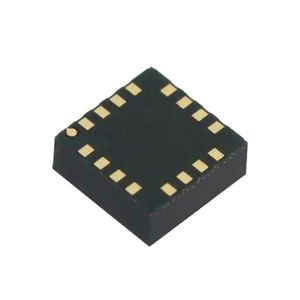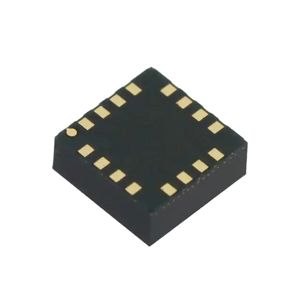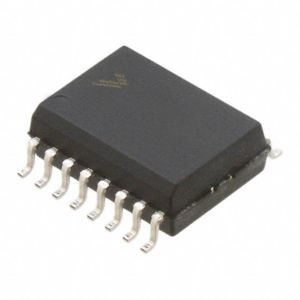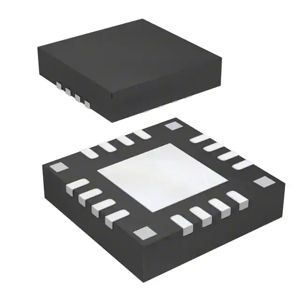
Motion Sensors - Accelerometers
Motion Sensors - Accelerometers: Precision in Motion Detection
Definition:
Motion Sensors - Accelerometers are specialized devices designed to measure acceleration forces, including static (gravity) and dynamic (movement or vibration) forces. These sensors are essential for detecting and analyzing motion in various applications, from consumer electronics to industrial systems. By converting mechanical motion into an electrical signal, accelerometers provide critical data for orientation, tilt, shock, and vibration detection.
Types of Motion Sensors - Accelerometers:
1. MEMS (Micro-Electro-Mechanical Systems) Accelerometers: Compact, low-power sensors widely used in smartphones, wearables, and IoT devices for motion tracking and gesture recognition.
2. Piezoelectric Accelerometers: Ideal for high-frequency vibration monitoring in industrial machinery, automotive testing, and aerospace applications.
3. Capacitive Accelerometers: Known for high accuracy and stability, commonly used in navigation systems, robotics, and medical devices.
4. Piezoresistive Accelerometers: Robust sensors capable of measuring high-impact forces, often applied in automotive crash testing and structural health monitoring.
Buying Recommendations:
When selecting an accelerometer, consider the following factors:
- Measurement Range: Choose a sensor that matches the expected acceleration levels (e.g., 2g for consumer devices vs. 500g for industrial impacts).
- Bandwidth: Ensure the sensor s frequency response aligns with your application (e.g., low-frequency for tilt sensing vs. high-frequency for vibration analysis).
- Output Type: Analog, digital (I2C/SPI), or wireless outputs should suit your system s integration requirements.
- Environmental Durability: For harsh environments, opt for models with robust enclosures and resistance to temperature, humidity, or shock.
Motion Sensors - Accelerometers are pivotal in enabling smart, responsive systems. Whether for innovation in consumer tech or precision in industrial automation, selecting the right accelerometer ensures optimal performance and reliability.
Filter and sort
Categories
PXLS81333AESR2
2 AXIS HI/HI XY
MMA5212ALCWR2
ACCELEROMETER PSI5 16QFN
HV200LF-500
ACCEL IEPE SENSOR
PXLS60411AESR2
XTRINSIC 2 AXIS LOW/LOW XZ ACCEL
PXLS63322AES
XTRINSIC 2 AXIS MED/MED XY ACCEL
ADXL371BCCZ-RL
MICROPOWER THREE-AXIS 400G ACCEL
PXLS83322AESR2
2 AXIS MED/MED XY
793V100-5
ACCEL IEPE SENSOR
PXLS81722AESR2
2 AXIS MED/MED YZ
PXLS60230AESR2
XTRINSIC 1 AXIS ACCELEROMETER
PXLS60322AES
XTRINSIC 2 AXIS MED/MED XY ACCEL
PXLS70733AES
SENSOR ACCELEROMETER UTA P2.0
MXD2020EL
ACCELEROMETER 1G PWM 8LCC
MMA7360LR2
MMA7360, THREE AXIS LOW-G MICRO
RBS301-ABM-US
REVEAL WIRELESS MOVEMENT SENSORS
LIS331DLM
ACCELEROMETER 2-8G I2C/SPI 16LGA
LIS344AL
ACCELEROMETER 3.5G ANALOG 16LGA
LIS331AL
ACCELEROMETER TRIPLE AXIS 16LGA
832-0500
ACCELEROMETER 500G IEPE SMD
MMA8125EG
ACCEL 250G DSI/SPI 16SOIC


